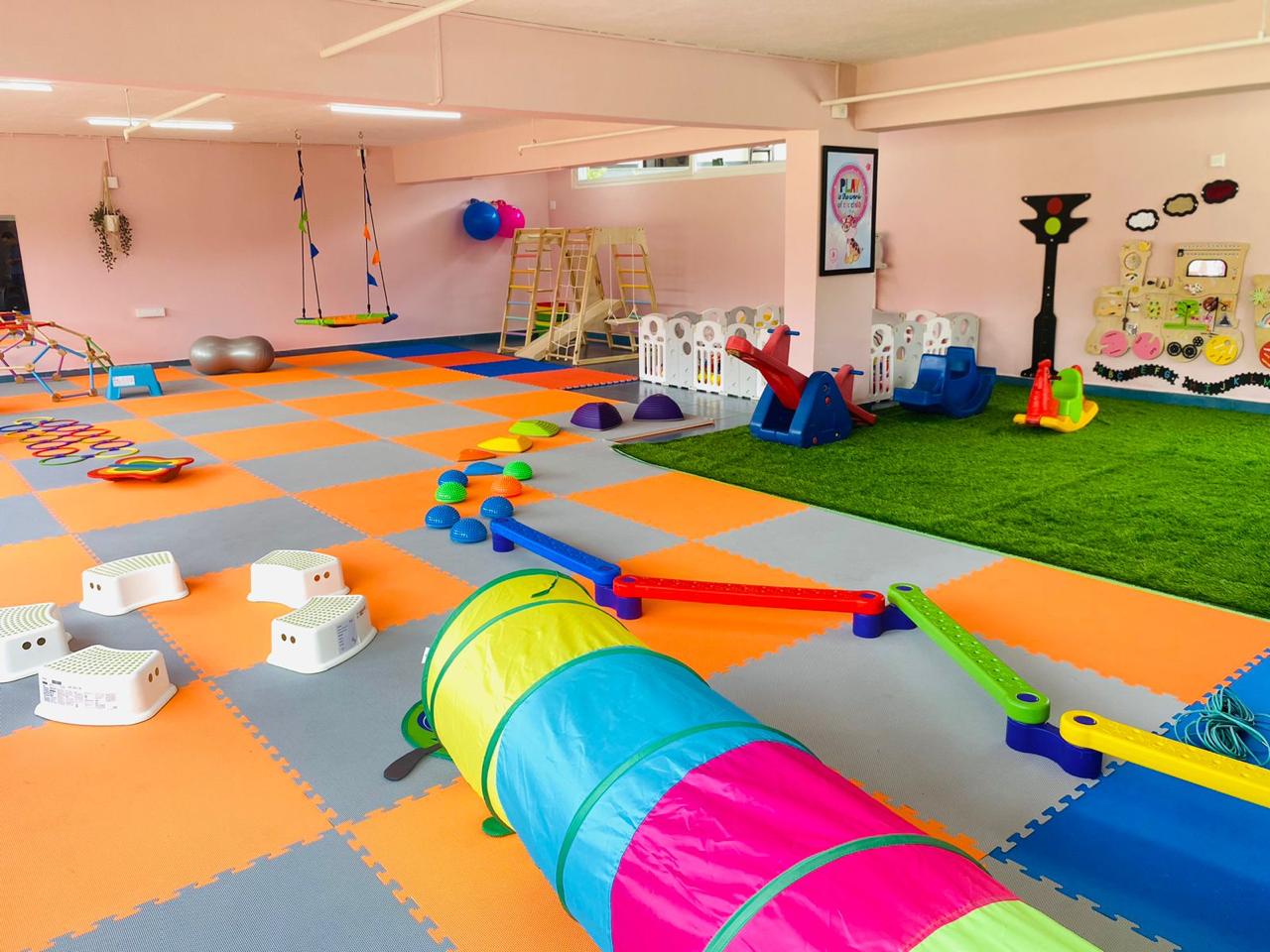
Clinical Psychologist
Understanding Sensory Processing Disorders: A Guide for Parents and Educators
Sensory Processing Disorders (SPDs) can significantly impact a child's ability to interact with their environment and manage daily activities. At Amri Haber, we recognize the importance of understanding SPDs to support children's development effectively. This comprehensive guide aims to equip parents and educators with essential knowledge about SPDs, including signs, symptoms, and strategies for support.

What is Sensory Processing Disorder?
Sensory Processing Disorder is a condition where the brain has difficulty receiving and responding to information that comes in through the senses. This disorder can affect one or more of the senses—sight, sound, touch, taste, and smell—or a combination of them. Children with SPD may overreact or underreact to sensory stimuli, which can impact their behavior, emotions, and daily functioning.
Signs and Symptoms
- Over-Responsiveness to Sensory Input: Extreme reactions to certain sounds, textures, lights, or smells. Difficulty with changes in routine or environment.
- Under-Responsiveness to Sensory Input: Lack of reaction to pain or temperature changes. Difficulty noticing or responding to sensory stimuli in their environment.
- Sensory-Seeking Behaviors: Craving excessive physical movement or intense sensory experiences. Engaging in repetitive behaviors or seeking out specific textures or sensations.
- Difficulty with Motor Coordination: Clumsiness or difficulty with tasks that require fine or gross motor skills. Challenges with balance and coordination.
- Emotional and Behavioral Challenges: Frequent meltdowns or outbursts triggered by sensory overload. Difficulty with self-regulation and emotional control.
Strategies for Support
- Create a Sensory-Friendly Environment: Adjust the sensory environment to minimize overstimulation. This can include using soft lighting, reducing noise levels, and providing calming spaces.
- Develop Sensory Integration Activities: Incorporate activities that help children practice sensory integration, such as swinging, bouncing, or playing with sensory-rich materials like sand or water.
- Implement Sensory Breaks: Allow children regular breaks to engage in calming or stimulating sensory activities. This helps them self-regulate and manage sensory overload.
- Use Visual Supports and Routines: Utilize visual schedules, charts, and other tools to provide structure and predictability, helping children feel more secure and less overwhelmed.
- Foster Open Communication: Encourage children to express their sensory needs and preferences. Open communication helps create a supportive environment where children feel understood and validated.
- Collaborate with Occupational Therapists: Work with occupational therapists who specialize in sensory integration to develop personalized strategies and interventions that address specific sensory challenges.
- Educate and Train Educators and Caregivers: Provide training for teachers and caregivers on understanding and managing sensory processing issues. This helps create a more supportive and responsive learning environment.
- Encourage Parental Involvement: Engage parents in understanding their child's sensory needs and collaborating on strategies to support sensory integration at home and in other settings.
Conclusion
Understanding and supporting children with Sensory Processing Disorders is crucial for their development and well-being. By recognizing the signs and implementing effective strategies, parents and educators can create environments that help children thrive despite their sensory challenges. At Amri Haber, we are committed to providing resources and support to facilitate this process and promote the success of every child. For more information on sensory processing and how to create supportive environments, feel free to contact us.






